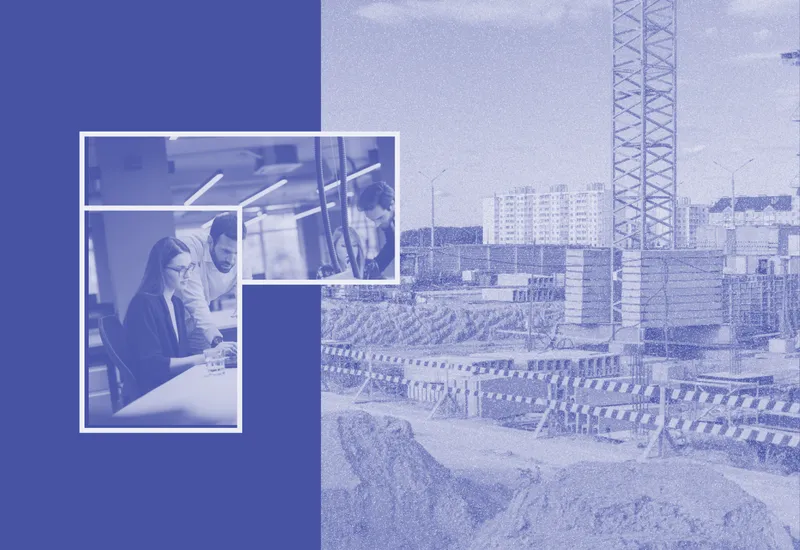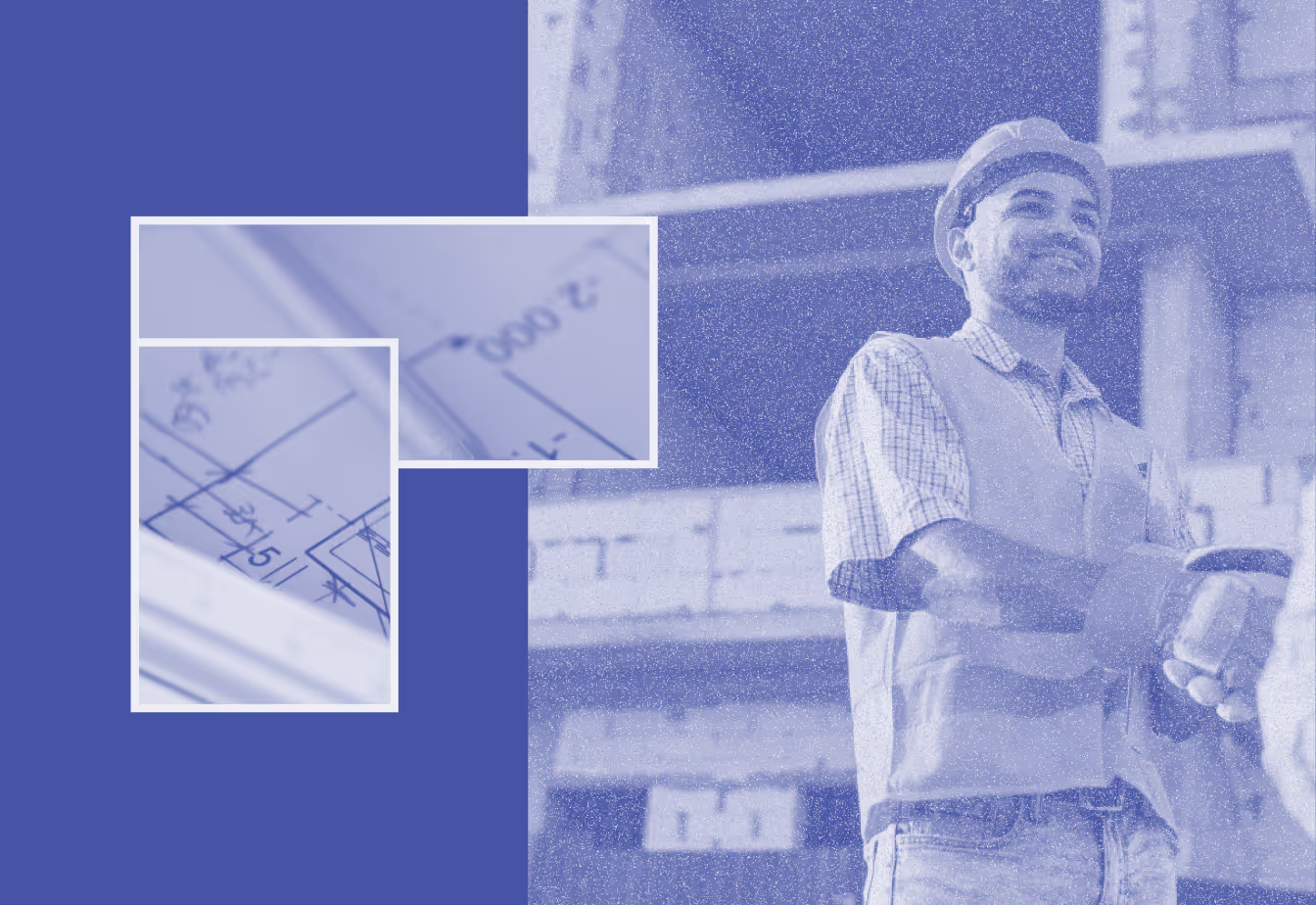The Complete Guide to Lien Waivers: Types, Purposes, and Best Practices

What is a Lien Waiver?
A lien waiver in the construction industry is a legal document that’s exchanged between parties involved in a development project. Contractors, vendors, and project owners sign lien waivers to agree that no one will place a lien against the property. Lien waivers serve as proof that payment has been received, all parties are satisfied with their pay, and no one will dispute their payment. It’s important to know that all parties expecting payment must sign their own documentation—just because a general contractor signs a lien waiver, it doesn’t protect the project owner from subcontractors’ claims. Here's everything you need to know about managing lien waivers during a real estate development project.
Types of Lien Waivers
In the real estate development industry, there are several types of lien waivers used depending on the project and payment options agreed upon.
- Conditional Waiver for Partial Payment
A conditional waiver for partial payment is used when a contractor has received a progress payment on the project. Contractors might expect additional payments on the project in the future, but by signing this waiver, they’re agreeing that they’ve received partial payment for specific progress on a project. Since this is a conditional waiver, contractors must have the money in their hands. If the check hasn’t cleared the bank, for example, project owners often issue an unconditional waiver instead. - Unconditional Waiver for Partial Payment
This is similar to a conditional waiver—the document is signed when an agreed-upon amount of progress has been made. Payment should be issued, but it doesn’t need to be confirmed that the contractor or vendor has received it. For example, an owner can hand a contractor a check, but the check hasn’t been deposited or cleared the bank yet. - Conditional Waiver for Final Payment
Contractors or vendors sign this form when they’ve received their final payment in full and it has cleared the bank. This protects project owners from future claims that payment wasn’t received or wasn’t paid in full. - Unconditional Waiver for Final Payment
A final unconditional waiver is signed when the final payment has been issued in full, but project owners aren’t required to verify that the payment has cleared. After signing this type of waiver, no further payments are expected in the future, and contractors or vendors confirm that all payments owed have been received.
The Difference Between Lien Waivers and Lien Releases
Lien waivers are designed to prevent interested parties from filing a lien against a property. Alternatively, lien releases remove a lien that’s already been filed. In a lien release, also known as a lien cancellation, the parties that filed a lien agree to remove it and state that they’ve been paid in full.

How to Fill Out a Lien Waiver
Because a lien waiver is a legal document, owners need to be precise when filling it out.
- Name of Claimant: This term refers to the party that receives the payment and signs the lien waiver document. It may seem obvious, but make sure the name or company name is spelled correctly—an incorrect spelling could make the document void
- Name of Customer: The customer is the person who hired the contractor or supplier. This is the person who will make the payment.
- Job Location: Ensure that the job location, or the physical place of work, is clearly identified in the form of an address.
- Owner: This is the property owner. You may have complex ownership situations, so here are some suggestions for several scenarios:
- If there are multiple owners, list all owners.
- If the work was done for a tenant, list both the tenant and the owner of the property.
- If the work was supervised by a construction manager, list the owners but not the construction manager.
- If the work was a public project, list the government office that commissioned the project.
- If the work was a P3 Project, list the developers.
- Through Date: What you enter in this field will determine what is waived and what isn’t by the document. The party that signs the lien waiver document automatically agrees to waive their claims for all work done on or by the date specified in this field. This is especially important for lien waivers for partial payment.
- Amount: The exact dollar amount of the payment.
- Exceptions: Progress lien waivers contain certain parts that are exempted from the waiver by default. This makes it favorable for the signing parties since they don’t have to argue about these matters. For instance, retainage and retention are exempted by default, including contract rights and extras for which the claimant hasn’t been compensated yet. If you consider something more to be exempted, make sure you include it in the exceptions field.
- Claimant’s Signature, Title, and Date of Signature: This is the contractor or supplier’s signature, job role, and the date they signed the lien waiver.
When filling out a lien waiver form, make sure you don’t modify or add information in any way. Don’t add any other legal statements or omit any of the required information. Modifications could render the lien waiver void.
How to Manage Lien Waivers
Lien waivers need to be included in a draw package the first time it’s submitted to minimize back-and-forth between capital partners and borrowers. Capital partners report spending six hours per draw request correcting errors as it is!
Managing all the moving parts of a draw package is easier with real estate management software. Platforms like Rabbet automatically scan a draw package and ensure that all lien waivers are accounted for before it’s sent to a capital partner. Capital partners can also use Rabbet to quickly scan for missing documentation before approving a draw request. Keeping documentation in a centralized platform helps all parties save time and keep track of important information without digging through an email chain. When using a centralized platform like Rabbet, 74% of developers say that it improves their efficiency and productivity. To learn more about how real estate development software can unify your processes, download the 2024 State of Construction Finance Report or contact our team.
















